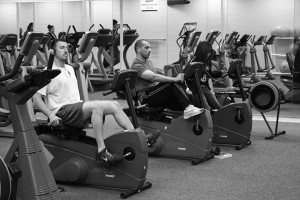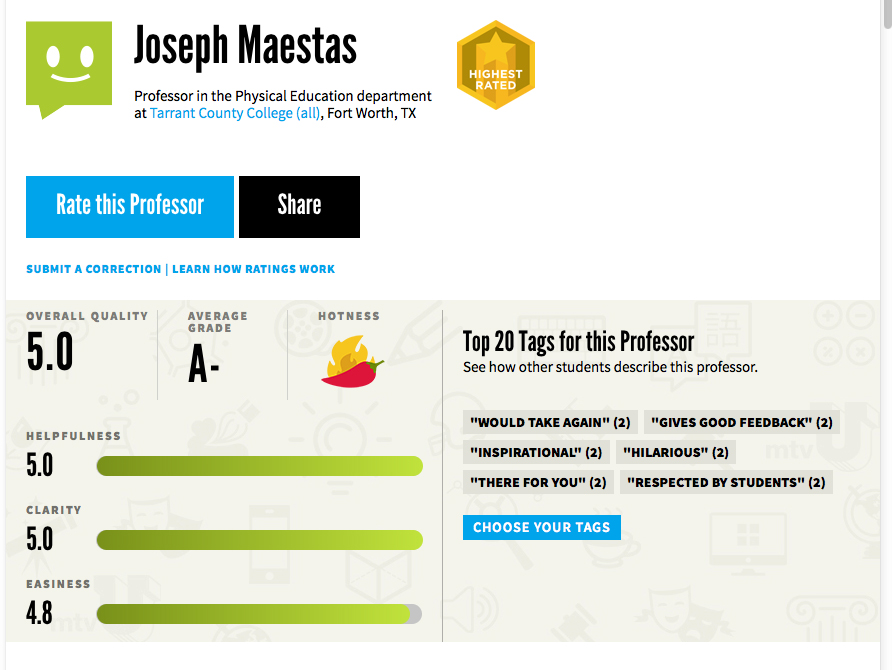By Devin Simkins/reporter
Students need to begin living a healthier life for many reasons — one being to avoid heart disease.
“There is always a concern that students might feel that cardiovascular problems only affect older people,” said Steve Mifflin, chairman and professor at the University of North Texas’ Health Science Center’s Cardiovascular Research Institute.

Photo by: Bogdan Sierra Miranda/The Collegian
“It’s easy for all of us to say that ‘I’ll start living healthier when I’m older, and then before you know it, you’re older and damage has been done.”
This risk is increasingly more common with adults in their 20s due to poor life choices.
Students can increase their chances of experiencing heart problems in many ways without even realizing it.
“More young adults are at increased risk for developing cardiovascular disease earlier in life due to sedentary lifestyles, unhealthy diets, stress and, in some cases, use of tobacco and alcohol,” TR health services coordinator Angela Virgin said.
Because students are not looking out for their health most of the time, they don’t know the signs of cardiovascular issues or even if they are experiencing them.
“Here are a few symptoms to be aware of: pain or discomfort in the chest, arms, neck or jaw; feelings of pressure, squeezing, fullness or tightness in chest; unusual fatigue; noticeable difference in shortness of breath; nausea; lightheadedness; and heartburn,” said Joseph Maestas, NW health and physical education instructor.
Weight gain or weight loss can also be a sign of heart trouble, Mifflin said. Students can have a hard time balancing their weight with poor choices in drinks and food.
“It all starts with making healthy eating choices. Nothing replaces fresh fruits and vegetables. Drink plenty of water,” Maestas said. “It doesn’t take much to lower your risk for heart disease.”
Students also should add a moderate amount of exercise to their routine, Virgin said.
“Easy changes a student can make to avoid becoming at risk for heart disease include maintaining a healthy weight by balancing the amount of calories they eat with the amount of physical activity they do every day,” she said.




























